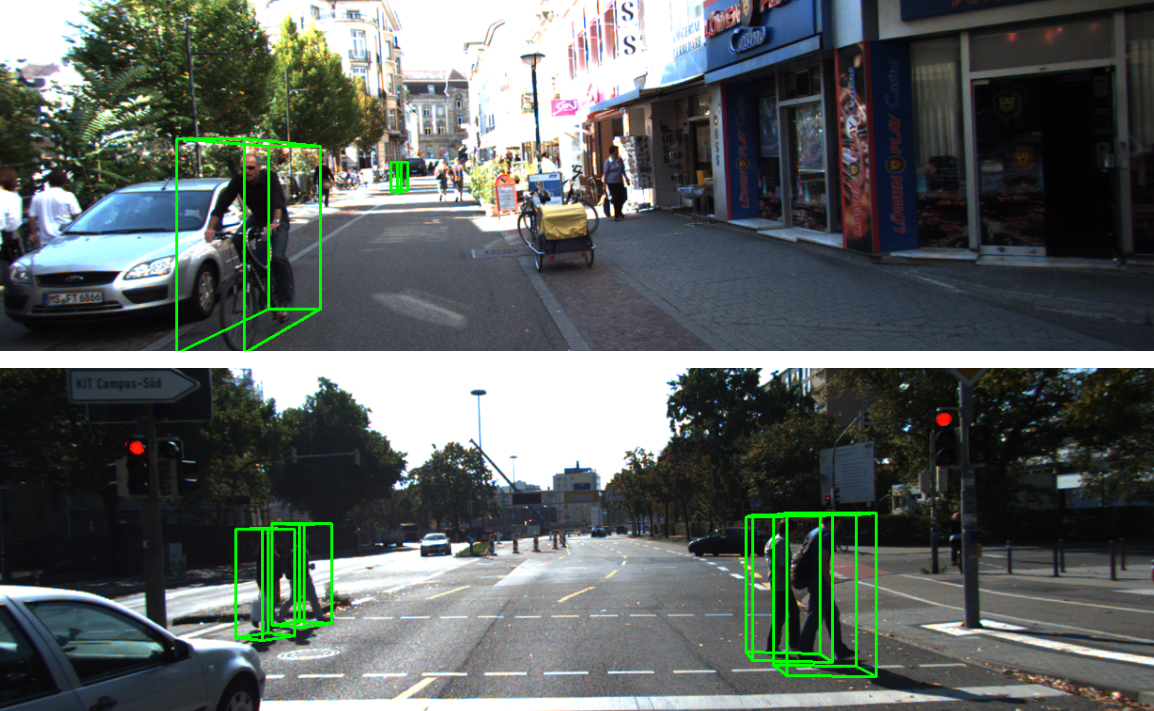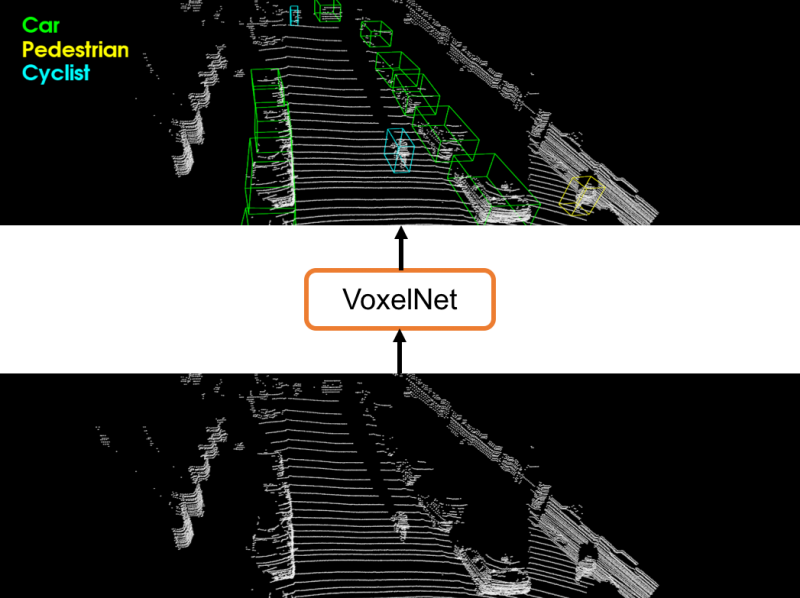 EMERGING TECH
EMERGING TECH
 EMERGING TECH
EMERGING TECH
 EMERGING TECH
EMERGING TECH
Apple Inc. has had a “will they or won’t they” relationship with self-driving car development over the last few years, and unlike companies like Alphabet Inc. or Uber Technologies Inc., Apple has been fairly tight lipped about most of its work. From what little is known, Apple has been focusing more on the software side rather than on hardware, and a new research paper published Friday by the company on Cornell University’s arXiv repository seems to confirm that theory.
In the paper, Apple describes a new method for getting more out of a self-driving car’s LiDAR sensors using machine learning. LiDAR uses pulses of laser light to create digital maps of objects using point clouds, which are a sort of 3D version of a connect the dots puzzle.
Denser point clouds offer a clearer, more accurate picture of an object, but Apple’s researchers say their new method, which they call VoxelNet, makes even sparse point clouds useful for object detection. VoxelNet works by taking point clouds and breaking them up into 3D chunks called voxels, and the points inside these voxels are then encoded into a new format that is more easily digestible by machine learning algorithms.
According to Apple’s research team, this method “outperforms the state-of-the-art LiDAR based 3D detection methods by a large margin.” Most self-driving car projects use multiple types of cameras and sensors in addition to LiDAR to help the vehicles see around them, but Apple’s team said their network has learned to accurately recognize objects of varying shapes and sizes, “leading to encouraging results in 3D detection of pedestrians and cyclists, based on only LiDAR.”

LiDAR has a number of advantages over traditional cameras and other sensors, but the technology does have one major drawback: cost. However, that may be changing thanks to new innovations with laser technology such as solid-state systems that eliminate moving parts. At this year’s Auto Tech Council – Innovation in Motion event, Jeff Wuendry of Velodyne LiDAR Inc., told SiliconANGLE that LiDAR is leaving competing technologies behind.
“Currently, there are basically three technologies that are in the running: laser, radar and cameras,” Wuendry said. “Where are there areas for innovation? Where are there opportunities for cost reduction? What is the application? From that perspective, there are a lot of things to happen within laser.”
LiDAR has been a major target for innovation for some of the top players in the self-driving car industry, and the sensor technology is at the heart of the ongoing trade theft battle between Alphabet’s Waymo LLC and Uber.
THANK YOU